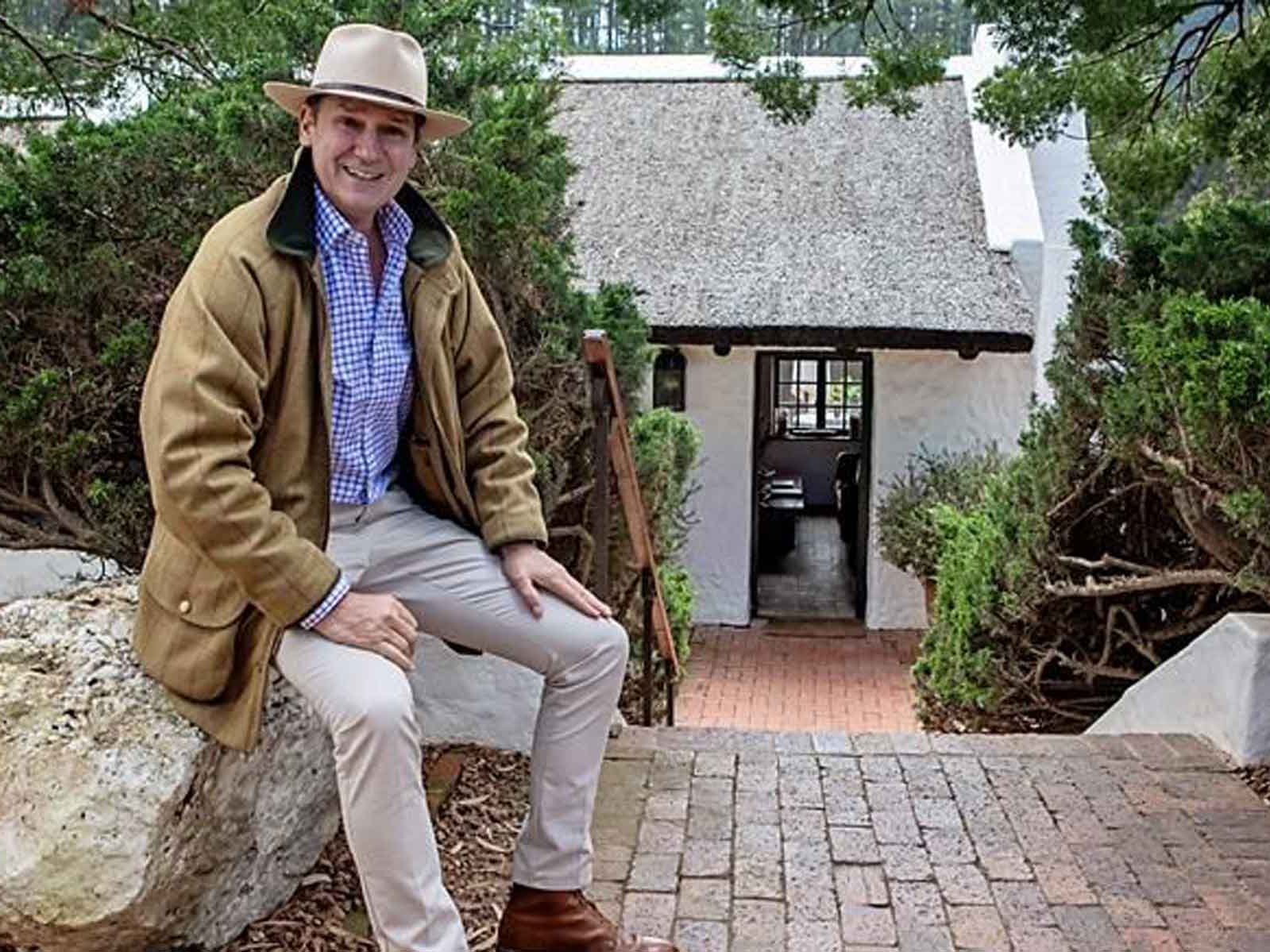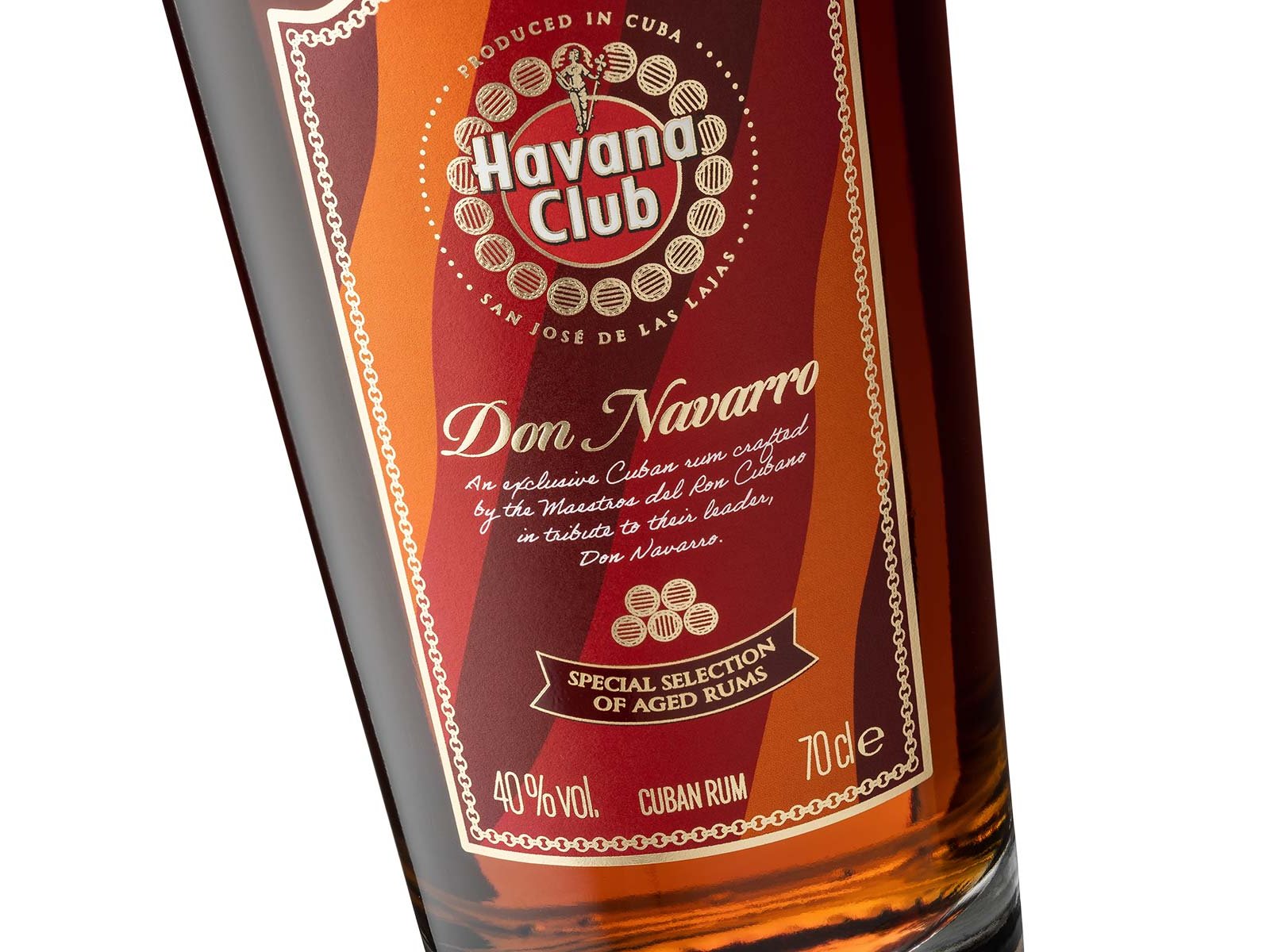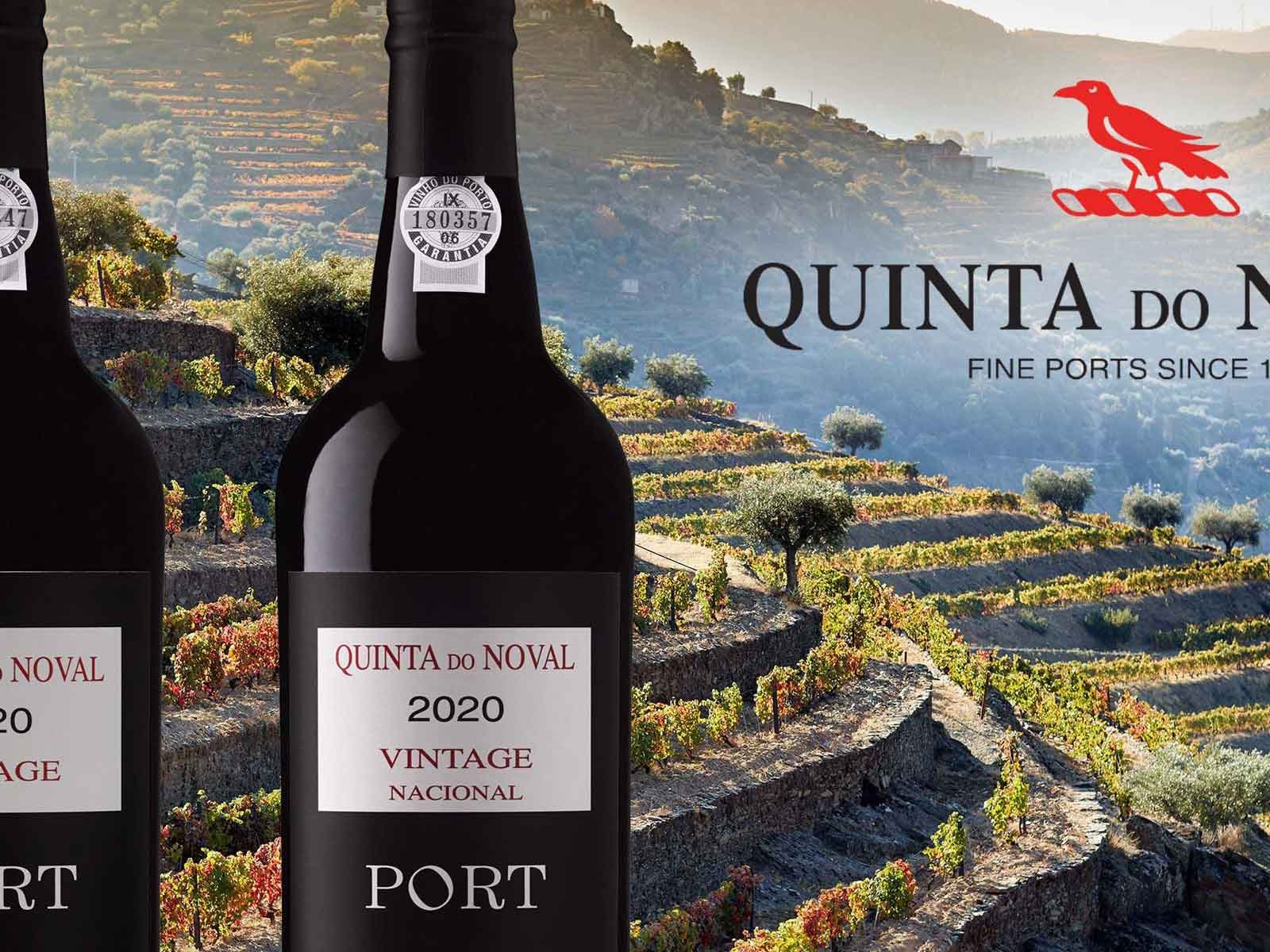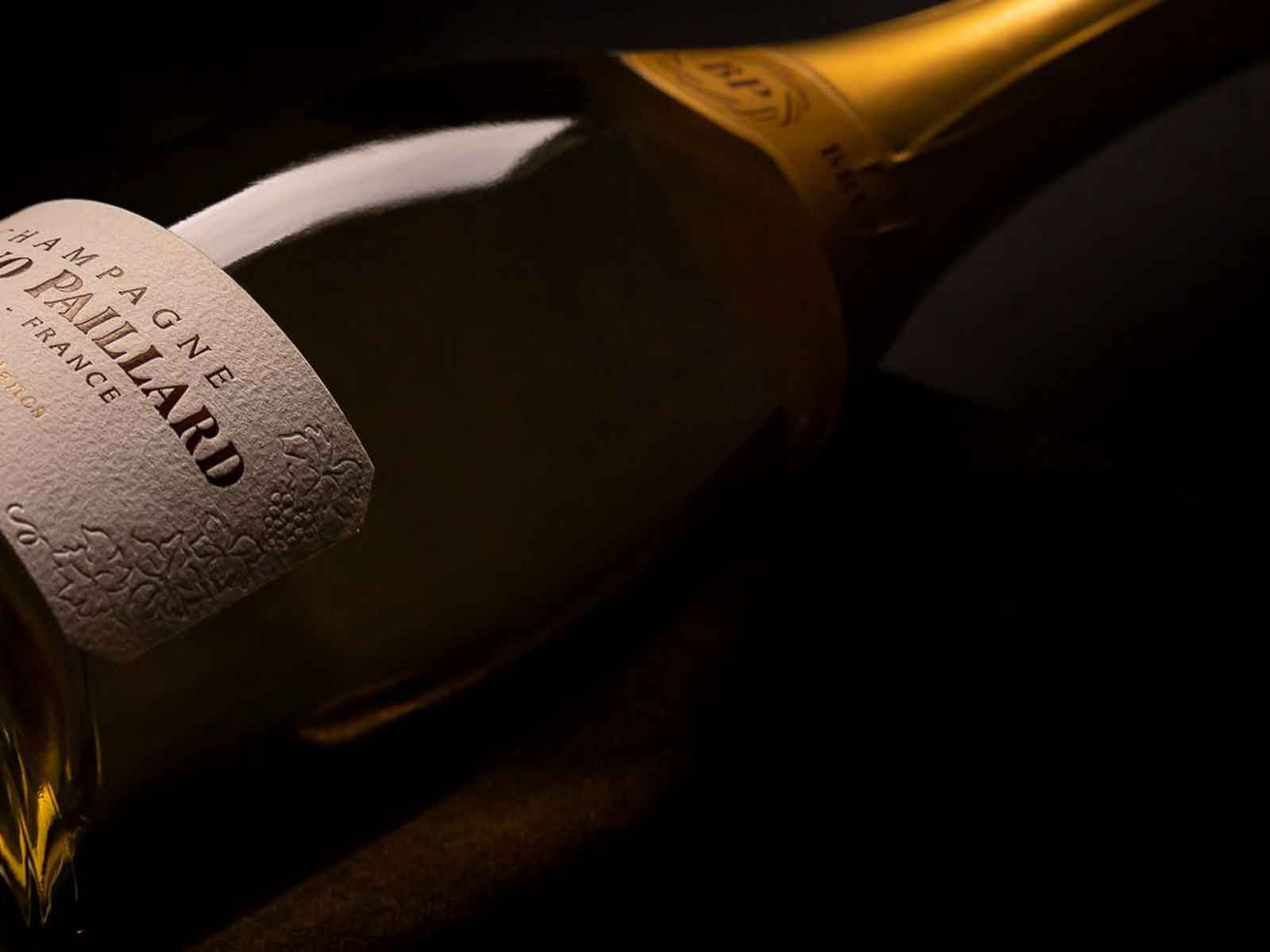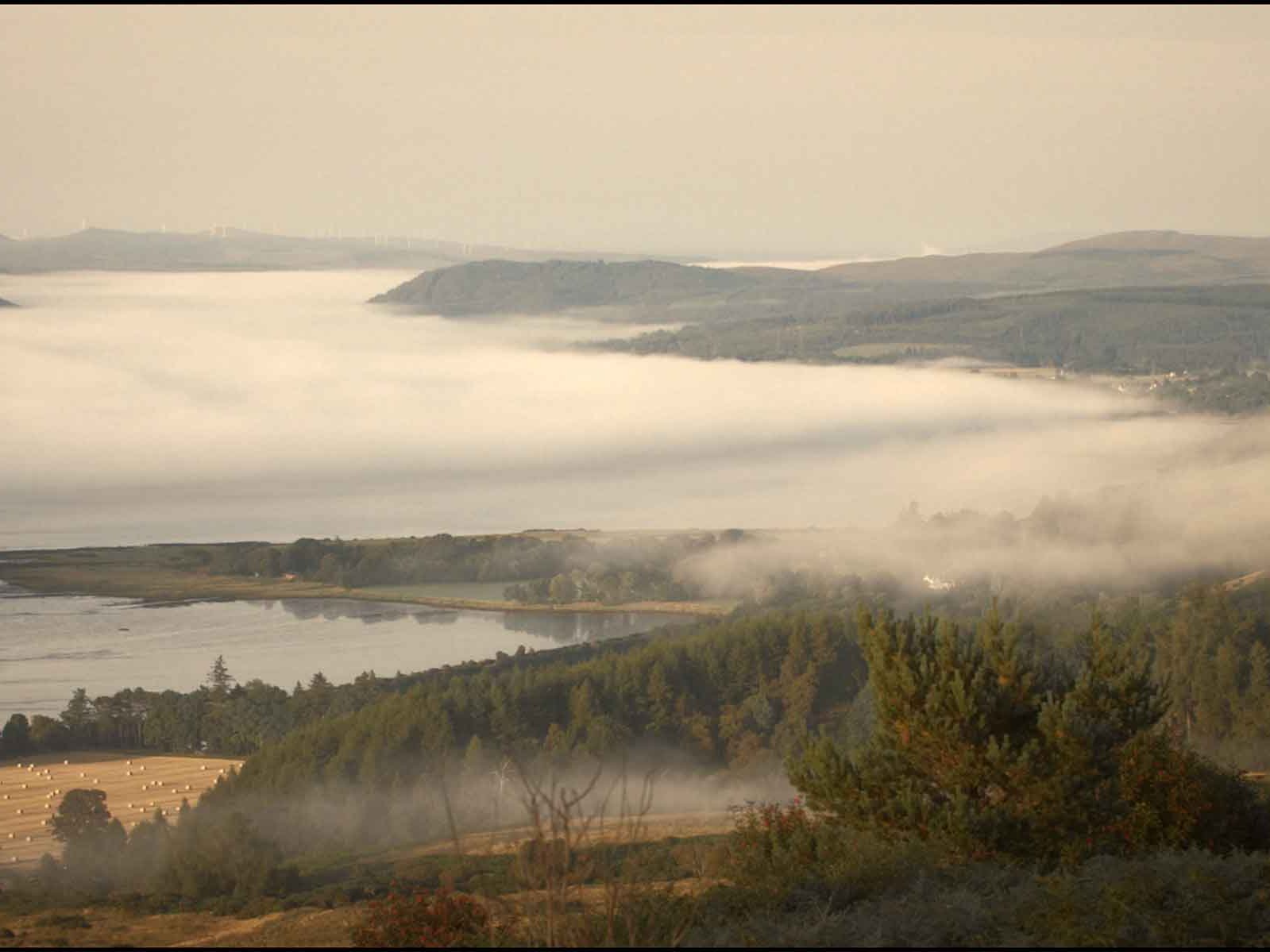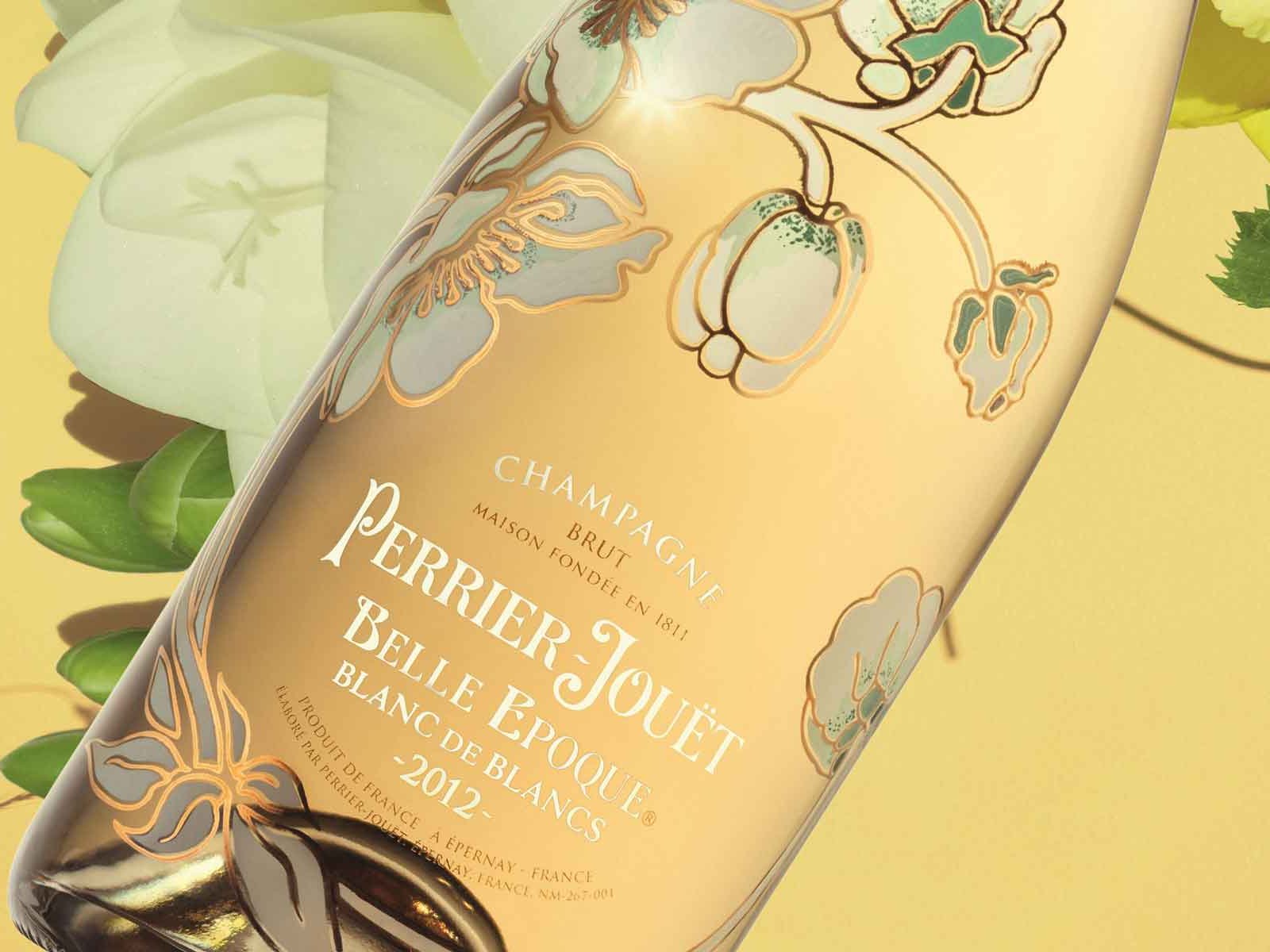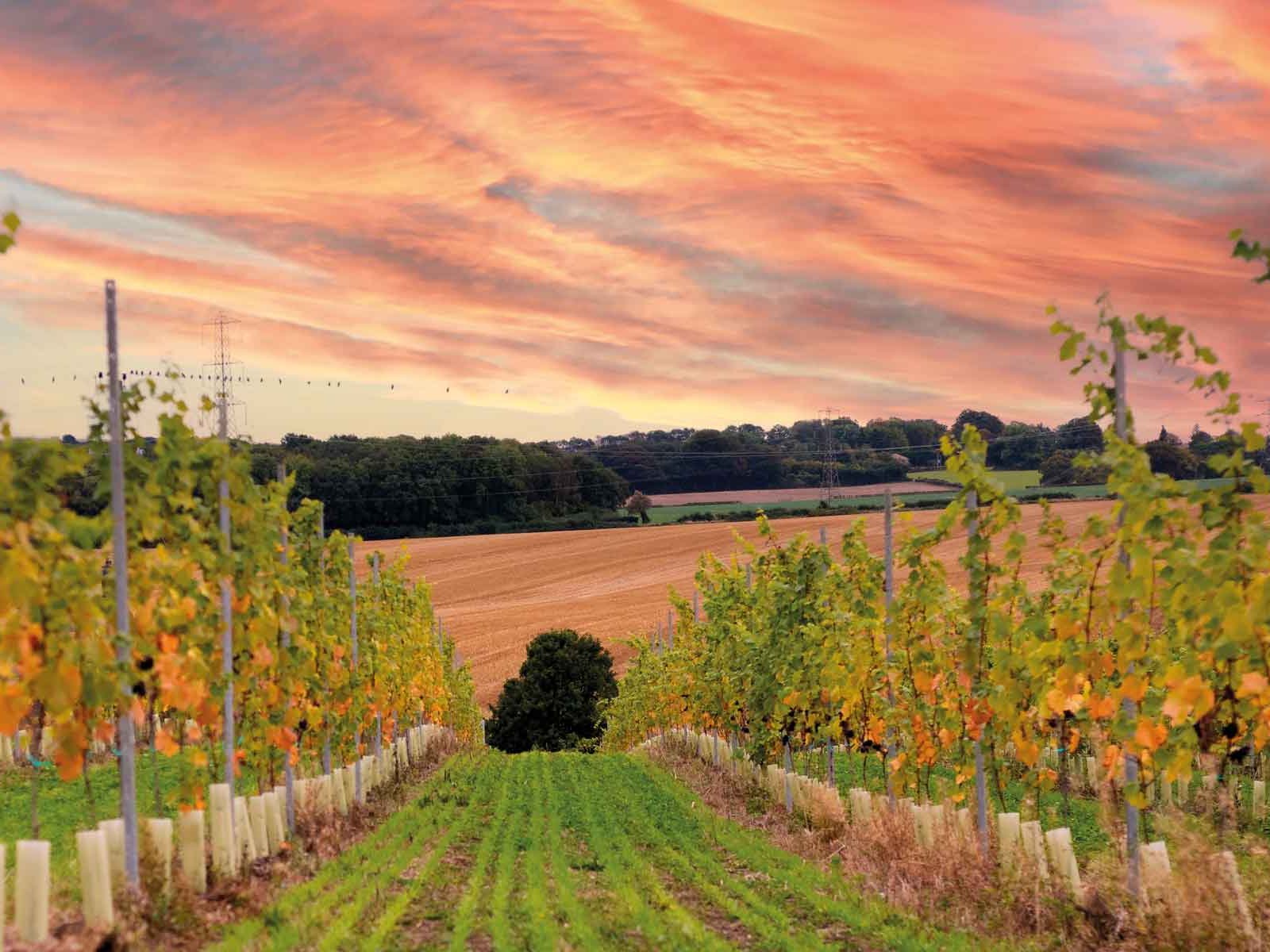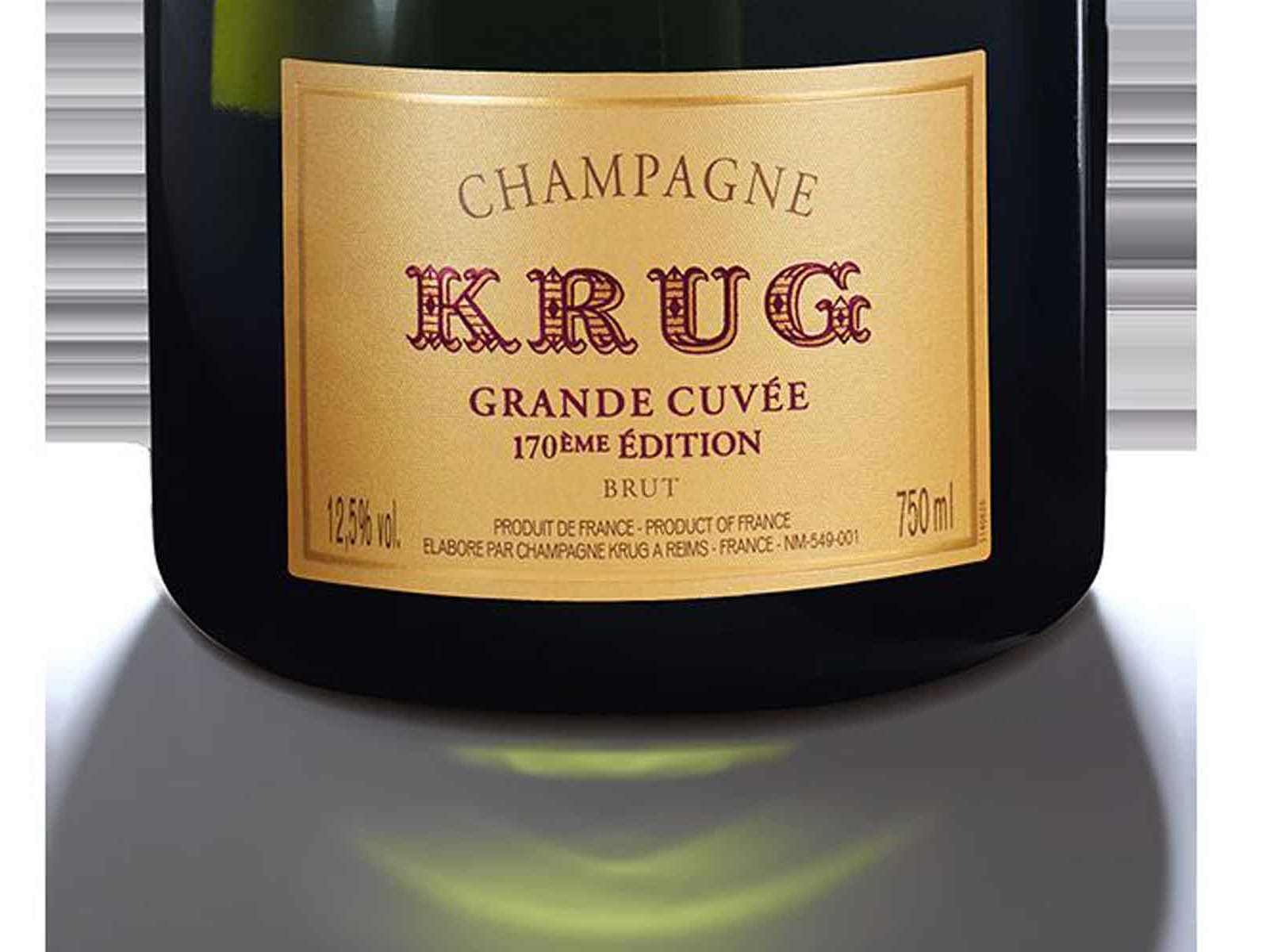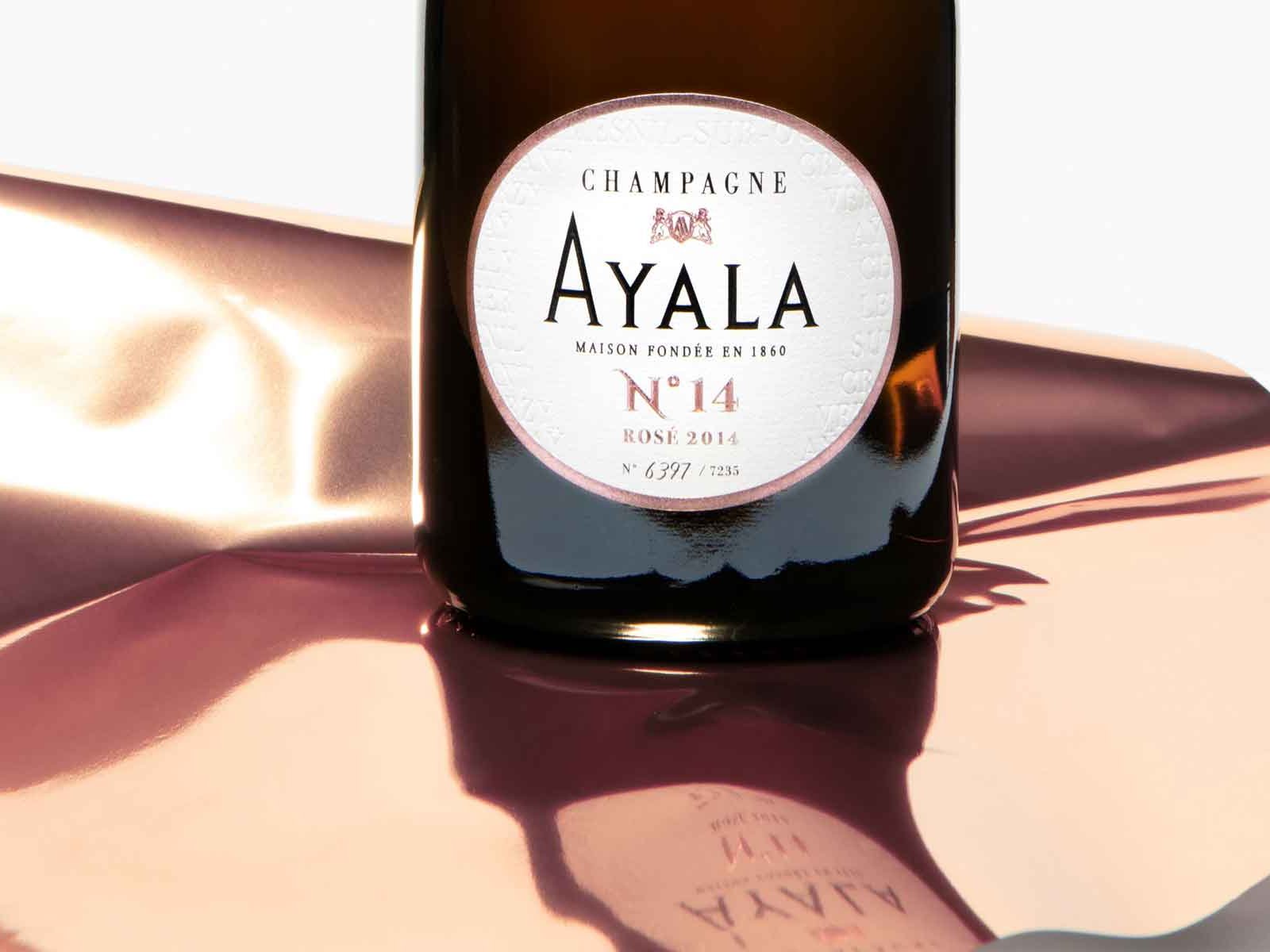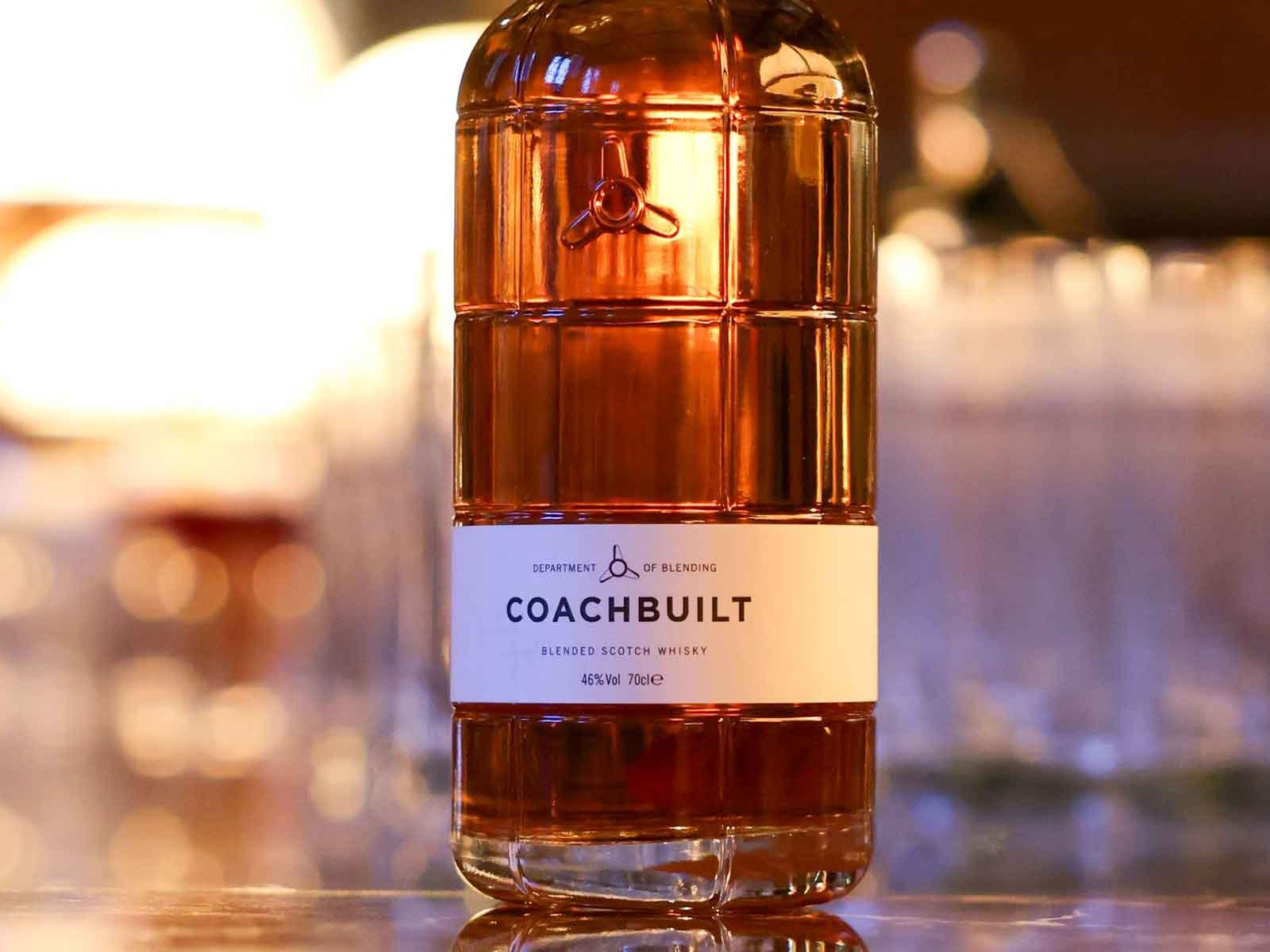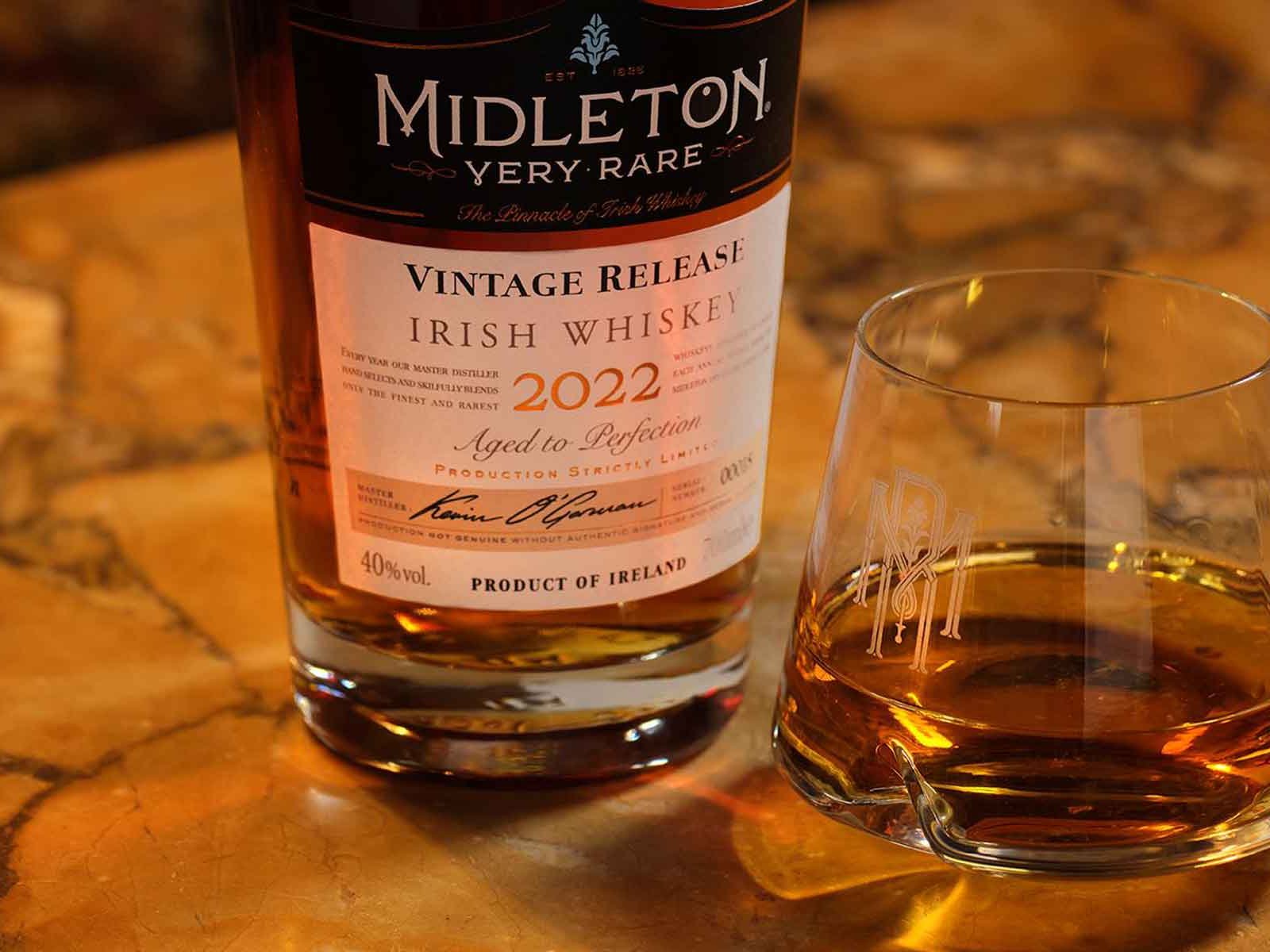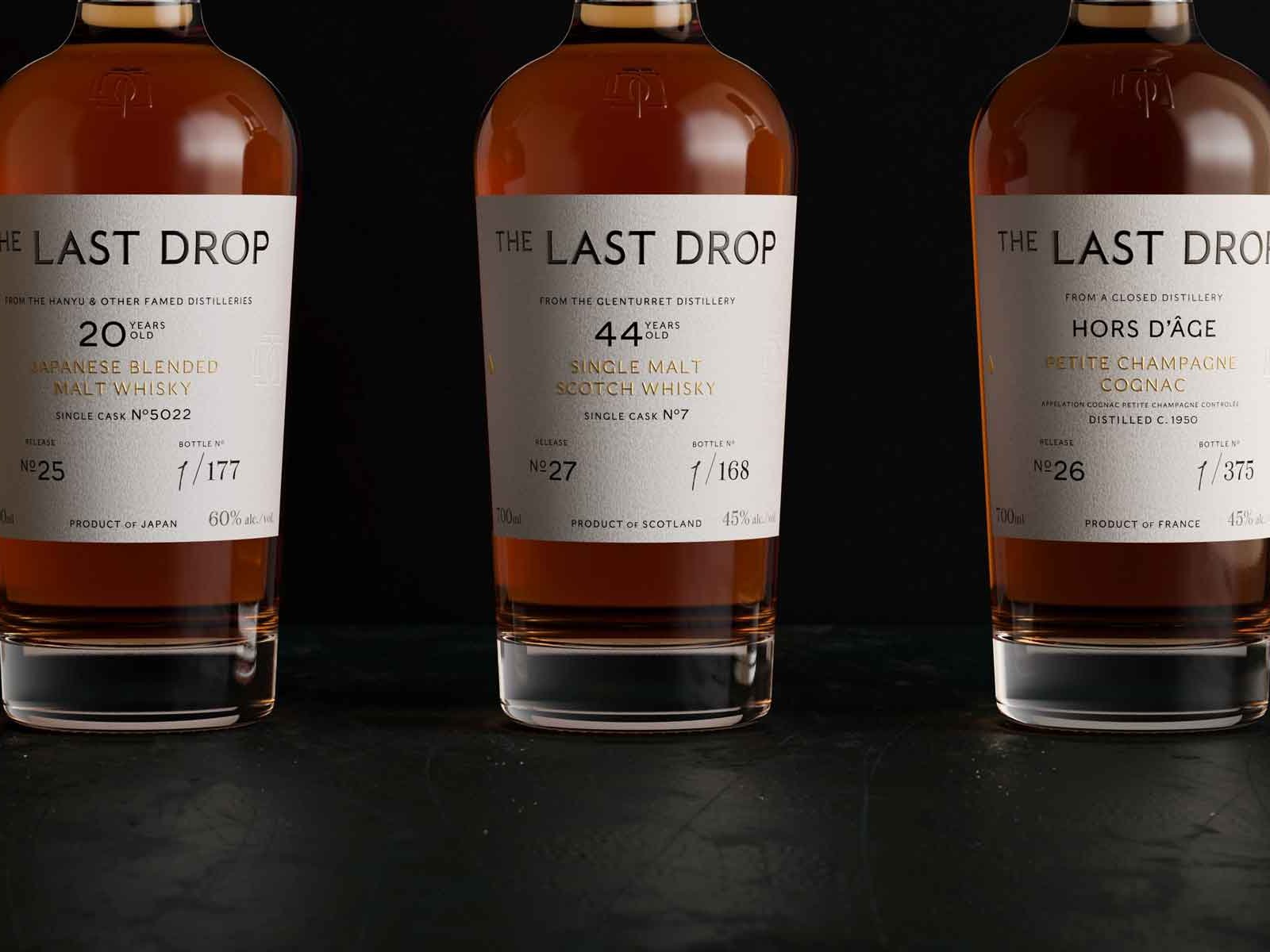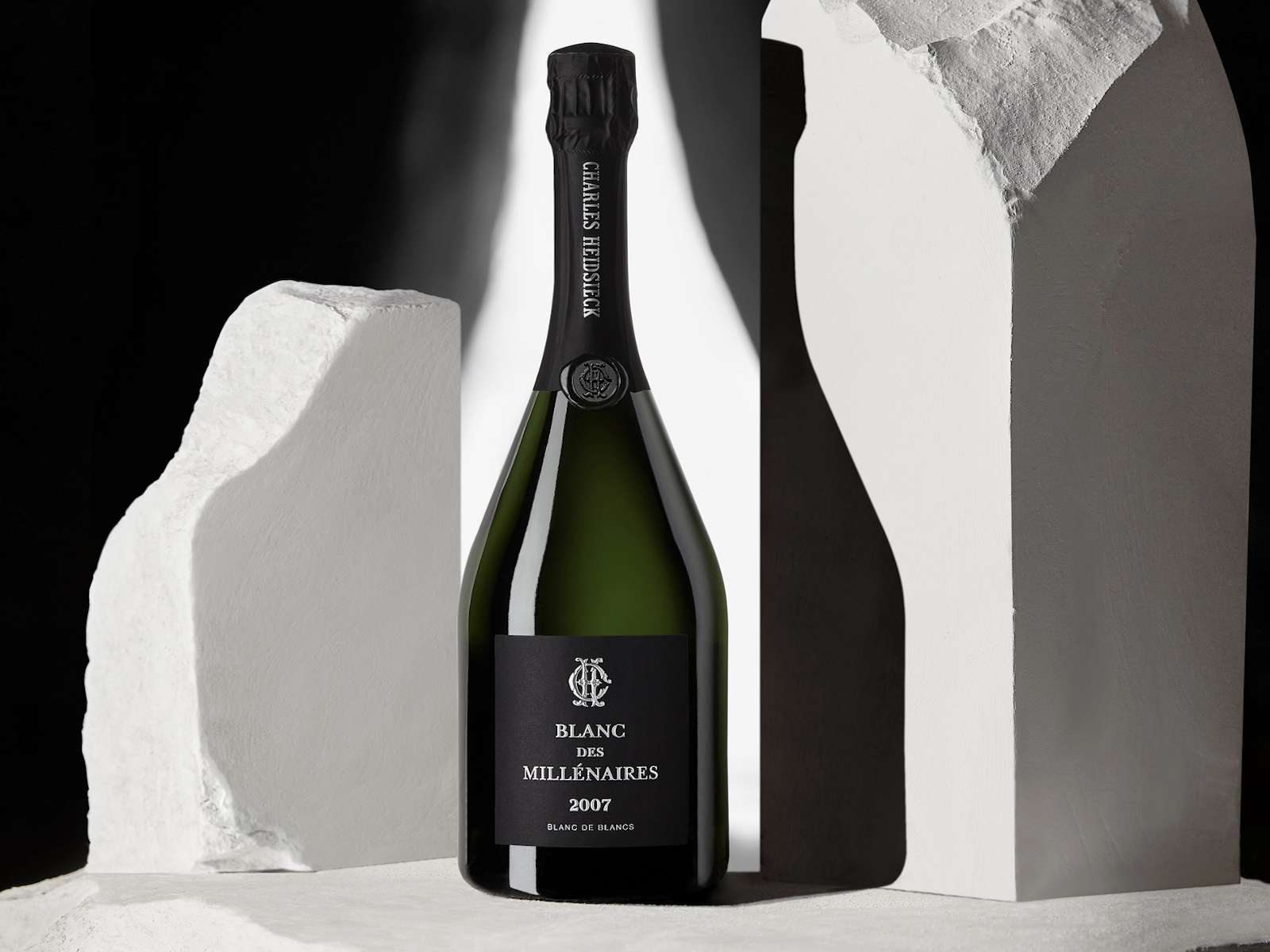Glenelly Estate in Stellenbosch Launches Lady May 2016 Vintage
Glenelly Estate has released the latest vintage of their flagship wine: Lady May 2016, a Bordeaux blend that pays tribute to the history of its legendary owner, May de Lencquesaing.
Glenelly Estate winemaker Luke O'Cuinneagain presented the wine, giving context to the development of this South African icon with back vintages, plus news of changes ahead at the estate.
Change in her fifth decade
May de Lencquesaing took over her father’s Bordeaux estate, Château Pichon Longueville Comtesse de Lalande in 1978 while in her fifties. The new challenge inspired her to go back to university and learn about the latest winemaking techniques – yet this was only the start of a new adventure.
She ran Château Pichon Longueville Comtesse de Lalande for over 30 years, which made tremendous strides largely due to her energy, drive and ambition. Her award-winning Pauillac wines have become one of the most important in the group of so-called super-seconds – a term for second-growth châteaux that possess similar qualities, prestige and soaring prices of the five first growths.
A new start in south Africa
After eventually selling her stake in Château Pichon Longueville Comtesse de Lalande and making several visits to South Africa, de Lencquesaing purchased Glenelly Estate in Stellenbosch, convinced of its potential to produce world-class wines.
Selecting a special amphitheatre site in the foothills of the Simonsberg Mountains, de Lencquesaing realised the complexity of the ancient soils and subsoils, combined with a Mediterranean climate and varied microclimates, would be ideal to grow her beloved Bordeaux varieties.
Soils and benchmarks
The Cabernet Sauvignon in Lady May is grown on one single vineyard plot, the coolest site, providing a slow and even ripening, with surrounding east-facing sites used for Cabernet Franc, Merlot, and Petit Verdot benefiting from a diversity of microclimates. The soils on which they are planted are amongst the oldest in the world. They consist of decomposed granite with a subsoil of clay and enable good drainage for the roots to grow deep.
Impressive wines and changes ahead
Luke O'Cuinneagain presented the 2016 along with a selection of past vintages from Glenelly Estate’s library stock, grouping the wines by the growing conditions of their vintage and their subsequent styles. Starting off with elegant and delicate vintages like 2011 and 2017 respectively, showing more structured styles from 2013 and the legendary 2015, more challenging ‘early’ vintages like 2010, and the newly released 2016, followed by the warm vintages 2012 and 2014. They all impressively held their own even with a super-second used as a benchmark.
O'Cuinneagain, who has been the winemaker at Glenelly since 2008, has set a high bar for Lady May, yet it is time to pass on the baton. He announced his move to Vergelegen Estate where he will be head winemaker from September 2022. Nonetheless the impressive line-up of new and library vintages proved the consistency and commitment to quality that Lady May can deliver no matter the conditions. An exciting voyage ahead for a new captain?

